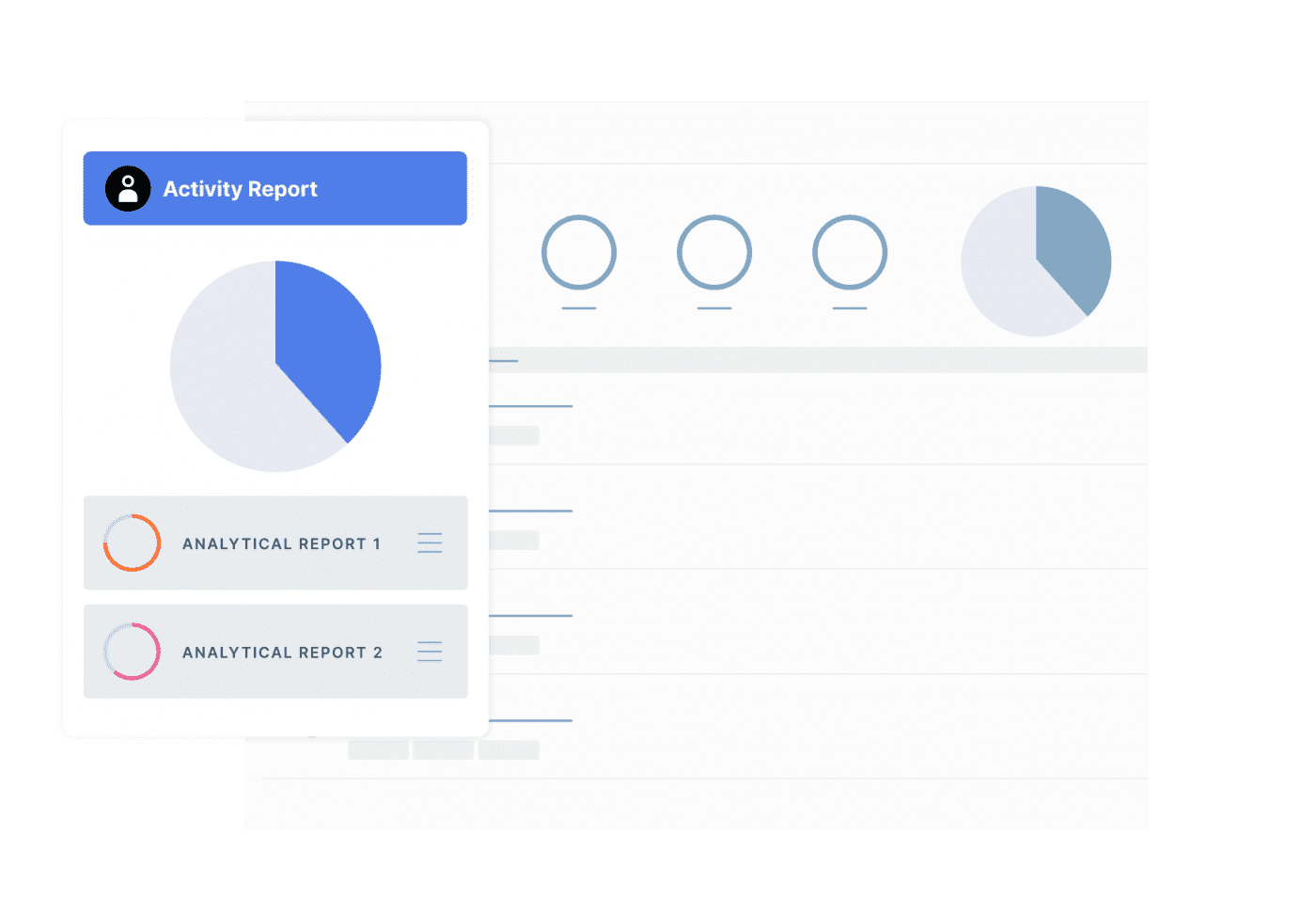
Stop-the-Clock: Overview of the Omnibus Simplification for CLP Regulation

This blog was originally posted on 6th October, 2025. Further regulatory developments may have occurred after publication. To keep up-to-date with the latest compliance news, sign up to our newsletter.
AUTHORED BY DIEUDONNÉ YMEDJI, SENIOR REGULATORY COMPLIANCE SPECIALIST, COMPLIANCE & RISKS
As part of its broader Omnibus VI simplification package, which aims to strengthen the competitiveness of the chemicals industry, the European Commission issued two legislative proposals on 8 July 2025 to simplify the CLP regulation. These regulatory initiatives are expected to have a significant impact on how companies manage the classification, labeling, and packaging of chemicals.
One of the proposals introduces a series of additional substantive amendments to streamline the CLP, cosmetic, and fertilizing product regulations, while the other intends to postpone (“Stop-the Clock”) the application date of some rules of the CLP amendment Regulation (EU) 2024/2865.
This blog provides an overview of the proposed changes to CLP simplification, their implications for businesses, and an update on the progress of the legislative process.
Want to stay on top of the latest news on permitted, restricted and prohibited substances in a variety of products from around the world? Register for our upcoming webinar!
What Measures Are Simplified in the CLP Omnibus Proposals?
The latest amendment to the CLP Regulation, outlined in Commission Delegated Regulation (EU) 2024/2865, establishes strict rules for the labeling of chemical products. It includes deadlines for relabeling when classifications change, requirements for information in advertisements and online sales, and specific labeling guidelines for fueling stations. Many in the chemicals industry have found the implementation of these regulations to be particularly burdensome and challenging. In response to the operational difficulties faced by industry stakeholders, the initial proposal introduces targeted amendments designed to address these concerns.
This includes:
- Simplifying certain pump labeling elements by omitting supplier details, quantity information, and UFI requirements.
- Removal of mandatory label formatting rules regarding font sizes and line spacing.
- Simplification of compliance for small containers, without compromising safety, by easing labeling requirements for substances or mixtures packaged in containers under 10ml.
- Expanding digital labeling to allow suppliers to provide additional contact information digitally, along with the introduction of a definition for “digital contact,” enabling companies to share specific information through digital channels instead of physical labels.(i.e, up-to-date communication online channel through which a supplier can be reached without the need to register or download an application).
- Changing the mandatory fixed 6-month deadline for updating hazard information on labels to an approach of “without undue delay.”
- Simplifying information requirements for advertising products sold to the public by including the phrase “Always read the label and product information before use” on the label.
Delay Proposal for Regulation 2024/2865 Application
Reflecting a growing trend within the European Union, where ambitious regulatory initiatives are being delayed or scaled back using the so-called “Stop-the-clock’ mechanism, the second draft proposes postponing the enforcement of several key obligations detailed in Regulation 2024/2865. These obligations, which were initially scheduled to take effect on 1 July 2026 and 1 July 2027, are proposed to be deferred to a new start date of 1 January 2028.
The specific obligations impacted by the proposal include:
- Requirements for label layout, font, and size.
- Relabeling deadlines, that is, the fixed deadline for updating labels when a substance or mixture classification changes.
- Requirements for hazard information in product advertisements.
- Labeling and information rules for distance sales.
- Specific labeling requirements for fuel dispensers.
The purpose of this delay is to provide legal certainty for businesses and to mitigate the risks associated with making rapid investments in changes that might later be subject to revision following the ratification of the final legislative text.
On 24 September 2025, the Council of the European Union approved the proposal, paving the way for its final adoption.
What’s Next?
The proposals are now moving on to the next phase of the EU legislative process. The presidency of the Council will begin negotiations with the European Parliament to reach a final agreement on the anticipated changes to the CLP simplification. These discussions may take some time, so businesses should stay informed as the regulatory process unfolds. It is also essential for them to use this additional time to reassess their compliance strategies, consider the potential of digital labeling, and prepare for upcoming deadlines in 2028.
Want to find out more about the CLP Revision, REACH 2.0, and PFAS Restrictions in the EU? Check out our blog on the key takeaways from the Ecotox REACH 2025 Conference!
Stay Ahead Of Regulatory Changes to the CLP Regulation
Want to stay ahead of regulatory developments on the CLP Regulation?
Accelerate your ability to achieve, maintain & expand market access for all products in global markets with C2P – your key to unlocking market access, trusted by more than 300 of the world’s leading brands.
C2P is an enterprise SaaS platform providing everything you need in one place to achieve your business objectives by proving compliance in over 195 countries.
C2P is purpose-built to be tailored to your specific needs with comprehensive capabilities that enable enterprise-wide management of regulations, standards, requirements and evidence.
Add-on packages help accelerate market access through use-case-specific solutions, global regulatory content, a global team of subject matter experts and professional services.
- Accelerate time-to-market for products
- Reduce non-compliance risks that impact your ability to meet business goals and cause reputational damage
- Enable business continuity by digitizing your compliance process and building corporate memory
- Improve efficiency and enable your team to focus on business critical initiatives rather than manual tasks
- Save time with access to Compliance & Risks’ extensive Knowledge Partner network

Simplify Corporate Sustainability Compliance
Six months of research, done in 60 seconds. Cut through ESG chaos and act with clarity. Try C&R Sustainability Free.


